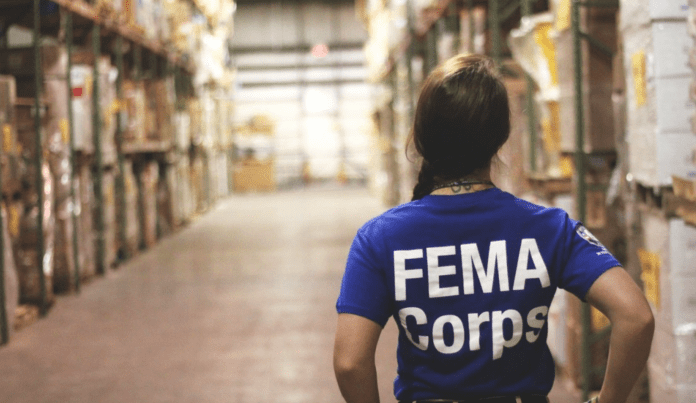How to Make Your Clothes Last For Years
If you look at old black-and-white photographs from the early 20th century, you’ll often see people wearing suits to baseball games and fishing trips. Have you ever wondered why that is? Why people living a hundred years ago would wear fine clothing for everyday activities?
One reason is that clothes are significantly cheaper nowadays, and the average person has more disposable income. For previous generations, that meant that they could only afford a few sets of clothing, so they needed to look very good and be built to last. But these days most people can afford to buy a large and diverse wardrobe consisting of cheap, casual clothes.
And as a result, we don’t really take very good care of our garments. You don’t have to when clothing is so cheap. Clothes rarely last as long as they’re capable of lasting, because we treat them like they’re cheap and disposable, which is often what they are. But if you don’t like to waste money buying new outfits every few months, there are a few things you can do to make your favorite clothes last for many years.
Don’t Over-Wash Denim
Most people treat jeans the same way they treat t-shirts, socks, and underwear. They think that jeans need to be washed after every use. That’s simply not true. Unless they’re visibly dirty, your jeans can be worn five to ten times in a row before they need to be washed. And washing, of course, causes a lot of wear and tear. So spare your jeans and keep them out of the wash until they really need it.
Avoid Dry Cleaning
Unless the tag on your clothes recommends dry cleaning, you should avoid it. The chemicals involved in dry cleaning can be pretty harsh on fabric, especially wool. Plus, the kinds of clothes that often need to be dry cleaned like suits, usually don’t need that treatment very often. Not unless you wear the same suit every day, and even then you probably don’t need to dry clean your suit every week. For most of us who rarely wear suits, they only need to be dry cleaned once a year.
Air Dry Your Clothes
Most of us don’t give much thought to the lint that we scoop out of the dryer after every load of laundry. But it’s important to remember that those wads of lint represent severe wear and tear on your clothes. Every time your garment goes through the dryer, its fibers are being stripped away. If possible, you should air-dry your fabrics on a clothesline.
Zip It Up
And it’s not just the dryer that wears out clothes. If you want to protect your clothes from the rigors of the washing machine, there are a few precautions you should take. First, consider turning your clothes inside out before washing them. This will protect the color and texture of the outside layer for longer. Second, zip up and button your clothes, which will keep buttons and zipper from snagging on other garments. And finally, don’t try to cram too many articles of clothing into a washing machine. That creates a lot of friction that will wear your clothes down faster.
Protect Your Buttons With Nail Polish
When shirt and jacket buttons begin to fray and fall off, you have two options. you can either replace the garment or sew the buttons back on. The latter of those options isn’t much better than the former. It’s often the case that a resewn button won’t stay as long as the original. The fabric underneath the button just isn’t as tight as it used to be. Fortunately there’s another way. You can apply nail polish to the threads, which will help keep them from fraying for a while.
Treat Your Leather Right
Jackets and boots made out of leather are often the most expensive clothes we wear, so it’s wise to take good care of them. That includes wiping them down with a damp cloth from time to time and applying waterproofing products at least once a year. If these clothes do get soaked, it’s best to let them air dry, and not store them in direct sunlight.
Other self-sufficiency and preparedness solutions recommended for you:
The vital self-sufficiency lessons our great grand-fathers left us
Knowledge to survive any medical crisis situation
Liberal’s hidden agenda: more than just your guns
Build yourself the only unlimited water source you’ll ever need
4 Important Forgotten Skills used by our Ancestors that can help you in any crisis
Secure your privacy in just 10 simple steps
If you look at old black-and-white photographs from the early 20th century, you’ll often see people wearing suits to baseball games and fishing trips. Have you ever wondered why that









